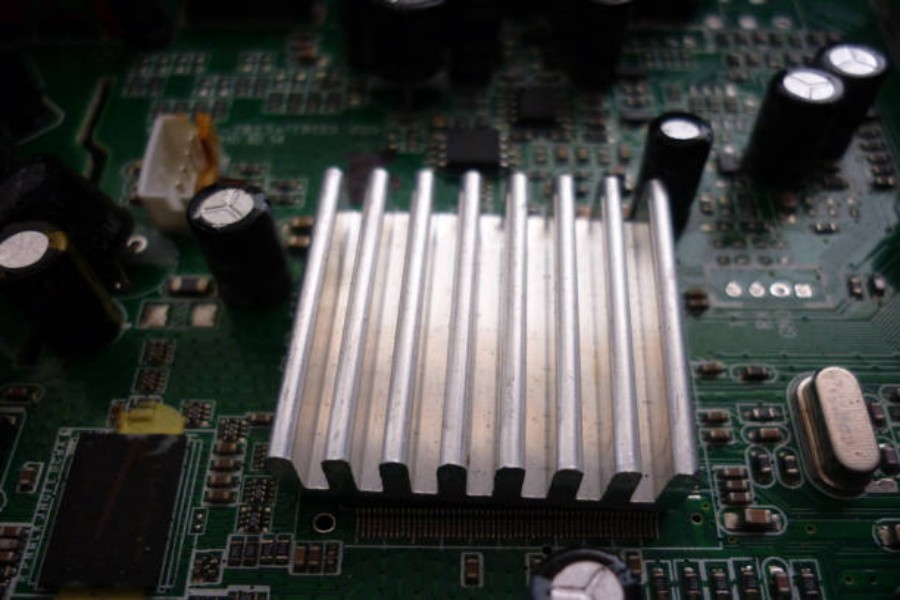Introduction
When it comes to maintaining the optimal temperature of electronic devices, a thermal heat sink plays a vital role. It is a critical component that dissipates the heat generated by electronic devices and prevents them from overheating. In this article, we will explore what thermal heat sinks are, how they function, their benefits, and more.
What is a Thermal Heat Sink?
A thermal heat sink is a device that helps to dissipate the heat generated by electronic devices. It is typically made of materials with high heat conductivity, such as aluminum, copper, or graphite. Thermal heat sinks come in different shapes, sizes, and styles, depending on the intended use.
How Do Thermal Heat Sinks Work?
Thermal heat sinks function by maximizing the surface area of an electronic device in contact with the air. When heat generated by the device is transferred to the heat sink, it is then dissipated into the air, reducing the temperature of the device. There are several types of thermal heat sinks, including passive heat sinks, which rely on natural convection, and active heat sinks, which use fans or liquid cooling.
The Benefits of Thermal Heat Sinks
Thermal heat sinks offer several benefits, including helping to prolong the lifespan of electronic devices, improving their performance, reducing power consumption, and preventing overheating. Using thermal heat sinks also helps to improve the overall reliability of electronic devices and reduces the risk of failure due to heat.
Factors to Consider When Choosing a Thermal Heat Sink
Several factors need to be considered when choosing a thermal heat sink for a specific electronic device. These include the size and shape of the heat sink, its material, the airflow around the heat sink, and the heat dissipation capability of the device.
The Role of Thermal Interface Materials
Thermal interface materials (TIMs) are compounds used to optimize the thermal contact between the electronic device and the thermal heat sink. These materials help to fill any gaps between the two surfaces, improving heat transfer. The most common materials used for TIMs are thermal greases or pastes, thermal pads, and phase change materials.
The Importance of Proper Installation
The proper installation of a thermal heat sink and TIMs is crucial for optimal heat dissipation and device performance. It is essential to ensure that the heat sink is securely attached to the device, and that any gaps between the two surfaces are adequately filled with the thermal interface material.
Applications of Thermal Heat Sinks
Thermal heat sinks find applications in various electronic devices, including CPUs, GPUs, power amplifiers, and other high-performance components. They are also used in LED lighting systems, solar panels, and automotive applications.
Challenges in Thermal Management
Despite the benefits of using thermal heat sinks, there are still challenges in thermal management. These include the design of efficient heat sinks for complex electronic devices, achieving effective thermal management in harsh environments, and reducing costs while maintaining optimal performance.
In Conclusion
Thermal heat sinks play a crucial role in maintaining the optimal temperature of electronic devices. They help to dissipate heat generated by the device, prolong the lifespan of the device, and reduce power consumption. Choosing the right heat sink and thermal interface materials, ensuring proper installation, and addressing the challenges in thermal management are all critical factors in achieving optimal device performance.
Quote Inquiry

